The value of professional support in implant restoration – Dr Kirtan Patel
Featured Products Promotional FeaturesPosted by: Dental Design 12th January 2020
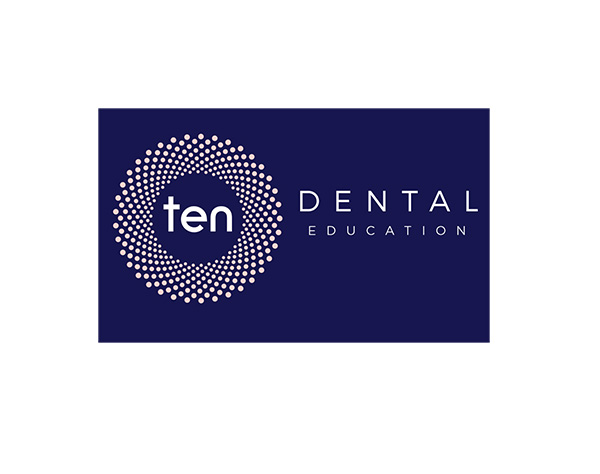
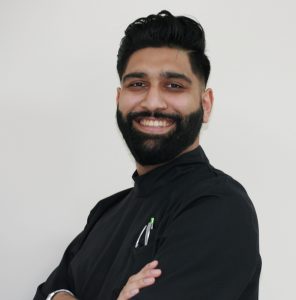 Dr Kirtan Patel explains through a case study how comprehensive implant restorative training – combined with the support of a trusted referral clinic – enables him to restore dental implants with confidence.
Dr Kirtan Patel explains through a case study how comprehensive implant restorative training – combined with the support of a trusted referral clinic – enables him to restore dental implants with confidence.
In July 2018, a 66-year-old female patient presented with a problem regarding a lateral incisor. A resin-bonded bridge had been attached to the palatal aspect of the UR3 so as to restore the UR4, but this restoration had de-bonded. Initially, a minimally invasive treatment approach was taken (as the UR3 also had a guarded, long-term prognosis), so the restoration was sent to a laboratory to be sandblasted, before it was cemented back into place the following day.
The bridge came off again within a couple of weeks and the patient returned to the practice in August 2018. This restoration was considered a failure, as it had initially been placed 8 years previously and de-bonded twice, so we decided to consider other solutions. The root of the patient’s UR3 was healthy, but due to the fact that it had been root treated and restored extensively on both the palatal and labial aspect with a veneer, it had a high risk of fracturing so was deemed unsuitable for preparation to have a conventional crown or cantilever bridge fitted. Having a new resin-bonded bridge was not a viable solution for the patient either, as there was a risk that the UR3 would fracture. Therefore, an approach was taken that enabled future planning to address potential problems that may arise later in the patient’s life.
Over the years, the patient’s dentition had been heavily restored using numerous different approaches. Since I had been seeing her, the patient had not required any significant treatment beyond routine scaling, polishing and general maintenance. However, I had several discussions with her to explain that the existing restorations would eventually need replacing. Various treatment options were discussed with the patient regarding the UR4, before she decided that an implant-retained crown would be an appropriate long-term solution that would also future proof the UR3. The implant-retained crown of the UR4 could be replaced with a bridge to restore the UR3, if it were ever to fracture beyond restoration.
Referral consultation and implant placement
I referred the patient to Dr Nikhil Sisodia at Ten Dental+Facial for a dental implant consultation. Following a further discussion of her treatment options, the patient decided that the UR4 would be restored with a single-unit 3.5mm x 9.5mm Ankylos implant, which was placed at the end of 2018. At the time of implant placement, GBR (guided bone regeneration) was carried out using inorganic bovine bone and a collagen membrane to correct a buccal defect. Once the implant was confirmed stable at 50Ncm, an implant carrier was used to create and fit a non-functional, screw-retained temporary crown. Nik kept me up-to-date throughout the referred treatment process.
Implant restoration
Four months post-implant placement in February 2019, Nik invited me to the Ten Dental+Facial clinic in Clapham, London, to restore the implant. Once it had been confirmed that the implant was healthy and there were no complications, the patient’s occlusion and tooth shade were assessed, before a closed-tray impression was taken. This was sent to the lab to produce the final restoration, which was fabricated from a custom-milled Atlantis abutment that had been bonded to a screw-retained crown.
The patient came back to the practice in March 2019. Under Nik’s supervision, I fitted the crown onto the implant and torqued it to 15Ncm. The screw access was sealed with PTFE/Fuji IX. I saw the patient again in April 2019 for her routine examination and a review of the implant. She expressed that she was able to eat properly, and was very happy with the functional and aesthetic outcome of treatment. The patient is due for her next routine examination in October this year.
Training and collaboration
I have been referring to Ten Dental+Facial for several years – whether for implant, orthodontic, endodontic, or other treatments. It was great working with the award-winning team on this case, as they always kept me in the loop. Nik notified me as soon as the patient agreed to have an implant placed and when I was required to come to the practice to restore the implant. I work with Ten Dental+Facial every time I have an implant and restoration case. I have completed most of these cases working alongside Dr Martin Wanendeya, but this was my first time collaborating on a case with Nik. They both make the referral process simple and straightforward.
With regard to relevant training, I attended one of Ten Dental+Facial’s Study Clubs just to see how the team worked. I joined Ten Dental+Facial’s dedicated Implant Restoration Course (IRC) after Martin enquired as to whether I would be interested in restoring implants. This IRC serves as a very good starting point into the field. Nik and Martin are up-to-date with all the latest technologies and techniques, demonstrating that they are really at the forefront of implantology.
As a great learning curve, the IRC enables you to train within an environment where implants are already being placed, which makes a huge difference to boosting your confidence and getting you used to working with implants. You are always fully supported by the Ten Dental+Facial team, so if you are not comfortable performing implant surgery straight away, then you can start with implant restorations and head down the road of physically placing implants later on. Beyond this, the IRC provides a platform for you to learn more about digital workflows in all aspects of dentistry. As a result, we have been able to implement digital technology into our own restorative treatment processes at my practice, meaning we are now using digital scanners and other systems for crown preparations, for example.
I would absolutely recommend Ten Dental+Facial’s IRC to anyone that is considering going down the dental implant pathway, but is unsure of where to start. This training programme provides a gentle and informative introduction to the field through learning to restore implants.
IMAGES
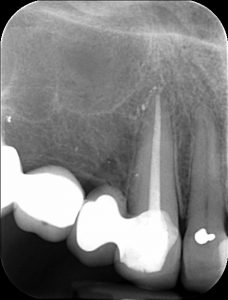
Figure 1: Radiograph of the resin-bonded bridge
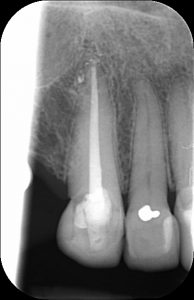
Figure 2: Radiograph of the UR3
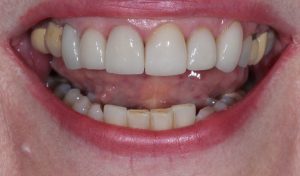
Figure 3: Open mouth view prior to implant placement
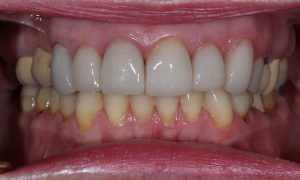
Figure 4: Full mouth view prior to implant placement
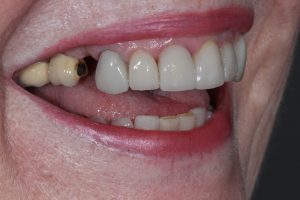
Figure 5: Side view of the UR4 prior to implant placement
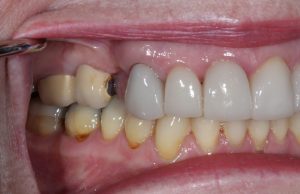
Figure 6: Close-up of the UR4 prior to implant placement
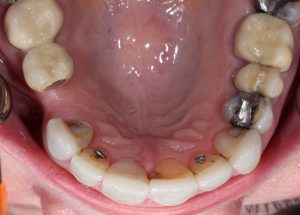
Figure 7: Upper arch view
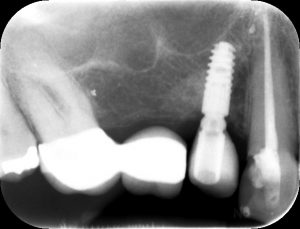
Figure 8: Radiograph of the restored UR4
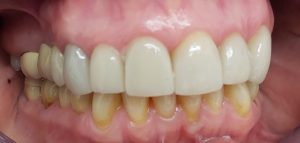
Figure 9: The restored UR4
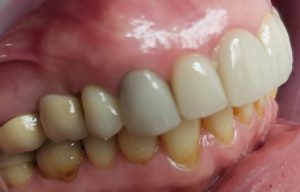
Figure 10: Side view of the restored UR4
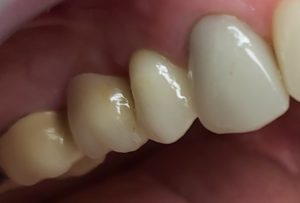
Figure 11: Close-up of the restored UR4
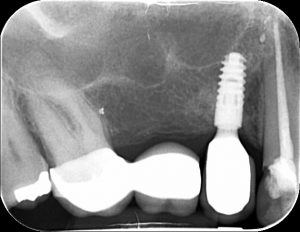
Figure 12: Radiograph of the UR4 six months post-implant placement
For more information about Ten Dental+Facial and the Implant Restoration Course, email: office@tendental.comor call 020 7622 7610
Author bio:
Since graduating from King’s College London in 2013 and completing his DF1 training in the prestigious East of England Deanery, Kirtan has been practising as a GDP across the South London area, with his main base being Streatham Dental Centre – a long standing family dental clinic that has been serving the local community for over 35 years.
Kirtan’s approach to all dental treatment is based around the idea of patient centric care. With this philosophy in mind, he works carefully with his patients to create tailored treatment plans and carry out procedures in a way that best suits their specific needs. In the treatment of any case, his onus is always on ensuring the patient is well informed, comfortable and relaxed during procedures, taking the time to explain treatments and discuss all options available. His calm manner, relaxed tone and individually catered background music (a personal signature that patients within the practice know him best for) help to quickly put patients at ease by creating a jovial, comforting and relaxing atmosphere. Kirtan enjoys providing aesthetic and restorative solutions to patients, making sure to always take a minimally invasive approach to any dentistry he provides.
He invests time into his career progression, partaking in regular clinical and non-clinical courses to improve his knowledge and understanding, and enhance his skills within inter-personal relationships, personal communication and clinical dentistry. He also regularly shares ideas with like-minded professionals across all aspects of the dental industry to continue developing his career.
In his spare time, Kirtan is a lover of all things musical. He regularly attends many concerts, live performances and continues to occasionally DJ across London – a much-loved pastime of his that he picked up at university.
No Comments
No comments yet.
Sorry, the comment form is closed at this time.



